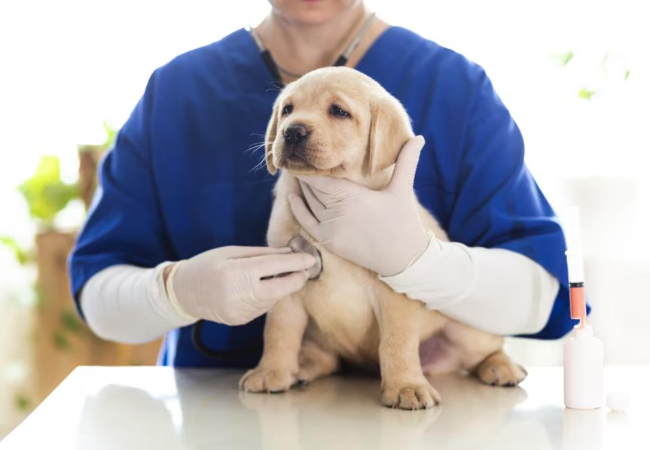Veterinary Guide to E. coli Infection in Dogs 2025 🐶🩺

In this article
Veterinary Guide to E. coli Infection in Dogs 2025 🐶🩺
By Dr. Duncan Houston BVSc
Escherichia coli, commonly called E. coli, is normally present in a dog’s intestines, skin, and environment—but certain strains can cause serious infection such as colibacillosis, especially in puppies and older dogs. This expert 2025 guide provides in-depth understanding of causes, symptoms, diagnosis, treatment, and prevention for pet owners. 🦠🩺
🧠 What Is E. coli in Dogs?
- E. coli typically resides harmlessly in the gut but some strains become pathogenic when overgrown or outside the intestines. These can cause urinary tract infections, pneumonia, wound infections, and sepsis.
- Puppies and immune-compromised dogs are most at risk. In puppies, it can quickly lead to blood poisoning (sepsis)—a veterinary emergency.
🚨 Common Causes & Risk Factors
- Lack of colostrum in newborn puppies lowers immunity, allowing infection from the mother or environment.
- Contaminated milk, birthing area, or tonically poor maternal health can transmit E. coli to pups.
- Raw diets, unclean kennels, or polluted food/water can expose dogs to pathogenic strains.
- In adult dogs, E. coli is a leading cause of urinary tract infections and can infect other body systems.
⚠️ Signs & Symptoms to Watch
- Diarrhea (often watery, sometimes bloody), vomiting, lack of appetite, dehydration.
- Weakness, lethargy, rapid heart rate, low body temperature—especially in pups.
- Bluish gums or cold extremities signal poor circulation and sepsis.
- In adults, symptoms may also include frequent urination, straining, or signs of pneumonia.
🔬 Diagnosing E. coli Infection
- Puppy infections are confirmed via culture from blood or stool samples after sudden onset of symptoms.
- Adult dogs undergo urine cultures for UTIs; cultures from wounds or respiratory sites are also used.
- Fecal, bloodwork, and full biochemical profiles help assess severity, dehydration, and organ function.
🏥 Treating the Infection
- Hospitalization is often needed for puppies and severely affected adults.
- IV fluids and electrolytes restore hydration and circulation.
- Antibiotics (e.g., ceftiofur, cephalexin, cefpodoxime) are tailored to culture sensitivity.
- Supportive care—anti-nausea, probiotics, nutrition & warmth—is essential during recovery.
🌱 Prognosis & Complications
- Puppies have high mortality without prompt treatment—early aggressive care improves survival.
- Adults typically recover well when infections are localized (UTIs, mild diarrhea), but systemic cases need close monitoring.
- Multi‑drug resistant E. coli strains are increasingly reported—hygiene and judicious antibiotic use are critical.
🛡️ Prevention Strategies
- Ensure clean, low‑stress whelping areas and healthy maternal colostrum intake.
- Avoid raw feeding or ensure high hygiene standards for raw/prepared food.
- Promptly treat maternal infections and maintain clean + sanitized environments.
- Urinary infections in adults are prevented via hydration, hygiene, and vet follow-up as needed.
🛠️ Tools & Supportive Services
- Ask A Vet App: 24/7 veterinary guidance for early detection, hospitalization needs, and diet advice 📱
✅ Final Thoughts
E. coli infection ranges from mild to life-threatening, especially in vulnerable puppies and immunocompromised dogs. With attentive care, diagnosis, and veterinary support, most adult dogs recover, while neonatal cases require rapid hospital care. Use prevention strategies, maintain hygiene, and stay informed with AskAVet to protect your pets in 2025 and beyond. 🐾❤️
Download the Ask A Vet app today for immediate expert assistance and guidance on infectious diseases and more. 🩺📱






